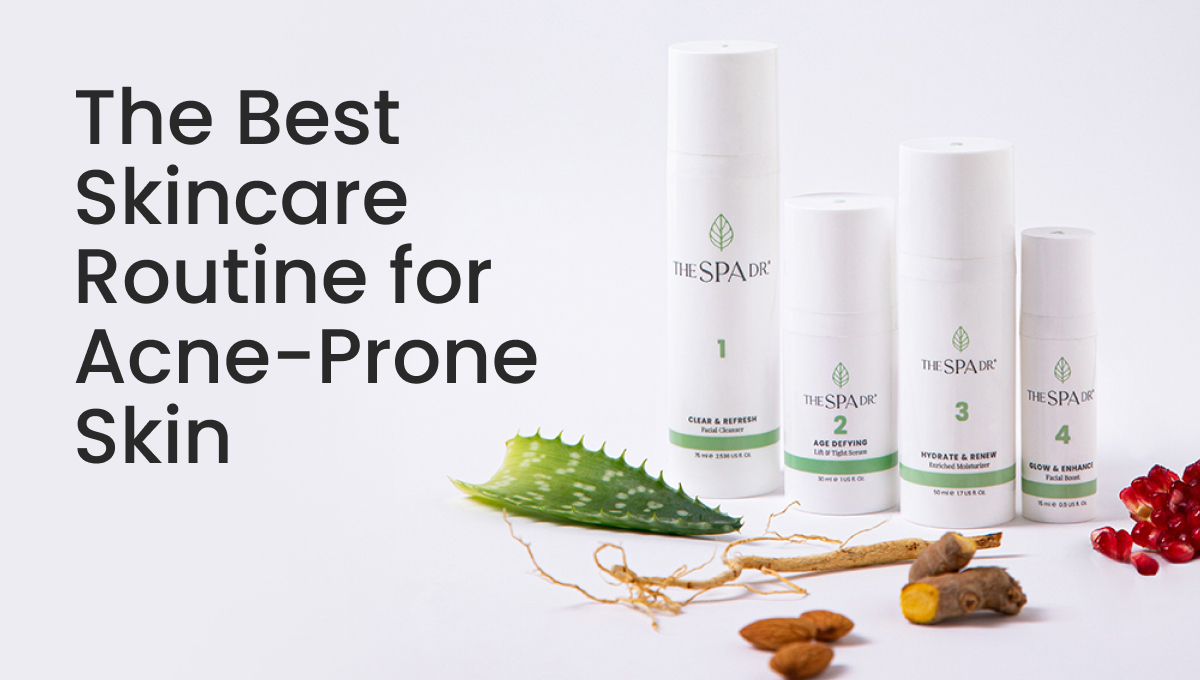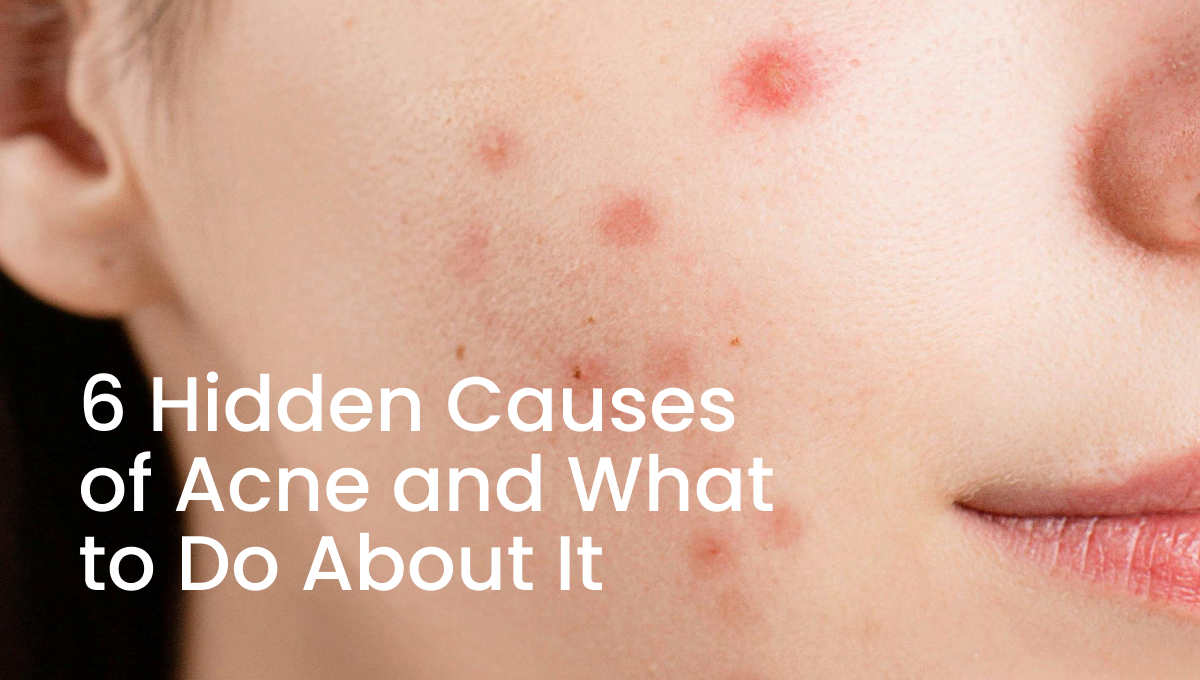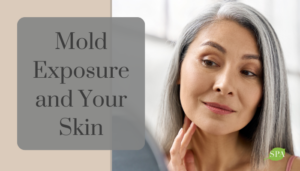They’re in shampoo. They’re in food packaging. And they’ve been found in water, soil, and forests. That’s why per- and poly-fluoroalkyl substances – or PFAS – are called “forever chemicals.”
This large group of human-made chemicals is used to make coatings and products that resist heat, oil, stains, grease, and water – and they’re practically impossible to avoid. In fact, most people in the United States – about 97% – have PFAS in their blood.
PFAS are virtually indestructible and used in just about everything from beauty and personal care products to food packaging, yoga pants, and menstrual care products.
While they are convenient for manufacturing and use, the trade-off is they are harmful to human health and the environment:
- PFAS chemicals don’t break down in the environment
- They travel through soils and contaminate water
- They bioaccumulate in fish and other animals
Bioaccumulation is also a problem for humans. As people are exposed, they may take in more PFAS than they eliminate, which means these toxins are building up in the body.
The Agency for Toxic Substances and Disease Registry and the Environmental Protection Agency notes PFAS have been linked to:
- High cholesterol
- Increased cancer risk
- Changes in liver enzymes
- Liver damage
- Immune system damage
- Hormonal imbalances
- Obesity risk
- Reduced vaccine response
And this list is only the beginning. In animal tests, PFAS chemicals have caused birth defects, low birth weight, and even death.
How to Limit PFAS Exposure
Just because PFAS are challenging to avoid doesn’t mean you can’t reduce your exposure. There are several ways to limit PFAS by taking action and making certain decisions to limit risks.
1. Find out if PFAS are in your drinking water.
Is your water from a public utility or from a well? If your water is from a public source, contact your local utility to learn about what they are doing about PFAS. If you have well water, conduct regular testing to learn about your water quality.
If PFAS are in your drinking water, consider using a water filter or installing a water filtration system in your home. My favorite type of water filter for drinking and cooking is reverse osmosis. You can also find filters for your bath and shower or a whole house filtration system.
2. Avoid eating PFAS-contaminated fish.
Follow local fish consumption guidelines and know where your fish are from. Research local areas of concern if you are eating locally sourced fish and seafood.
3. Reduce the use of products that contain PFAS.
If you’re wondering where to start, look for “fluoro” or “perfluoro” on the label. Other places PFAS commonly lurk are stain-resistance treatments and products, grease-repellent coatings (such as microwave popcorn bags), and non-stick cookware.
4. Rinse off after swimming.
Foam resting on top of lakes, streams, and rivers may be contaminated with PFAS. Avoid drinking or accidentally swallowing water while swimming, and rinse foam from your skin when you are finished. If your pets are swimming, rinse their fur when they get out. Foam that contains PFAS is usually a bright white color, lightweight, and might be sticky.
5. Seek out natural skin care and cosmetics.
In skin care, cosmetics, and other beauty products, PFAS are used to smooth out the skin, give products shine, and improve the texture and consistency of products. Long-wearing lipstick and other long-wearing makeup products are likely made with PFAS. Dental floss is another product commonly made with these chemicals.
In a collaboration between multiple universities in 2021, researchers tested 231 makeup products. They discovered more than half of these products contained PFAS. Waterproof products, such as mascara, foundation, and lipstick, contained the highest amounts.
Wondering how to identify these ingredients? The FDA notes: “Some common PFAS used as ingredients in cosmetics include PTFE (polytetrafluoroethylene), perfluorooctyl triethoxysilane, perfluorononyl dimethicone, perfluorodecalin, and perfluorohexane.”
To avoid PFAS, choose natural skin care and beauty products and seek out ingredients such as essential oils, plants, and antioxidants like Vitamin E.
6. Avoid eating packaged foods.
Food packaging, including disposable coffee cups, other to-go containers, and plastic films often contain PFAS. Seek out fresh, in-season foods, and store food in glass or ceramic to avoid potential exposure.
7. Swap toxic cleaning products for natural options.
Some cleaning products contain protective sealants that use PFAS. Choose non-toxic cleaning products made with essential oils, vinegar, and other natural ingredients. Better yet, make your own cleaning products at home!
8. Wear clothes with natural fibers.
It might surprise you to learn that many pieces of clothing today are made with plastics and chemicals, including PFAS. Clothing made with natural fibers such as linen, cotton, and bamboo can help reduce exposure. Water-resistant clothing is common in outdoor clothing and swimwear in addition to menstrual products, such as period underwear.
Some clothing brands have made commitments to stop using PFAS – so while you are shopping, look to see if the brand you’re wearing has stopped using these toxins in manufacturing.
9. Avoid non-stick cookware.
When heated at high temperatures, non-stick cookware releases toxic fumes that should not be inhaled by people or animals. Choose cast-iron, ceramic, or stainless steel cookware instead, and store food in glass containers. Utensils should also be free of PFAS.
10. Do your research.
The best way to avoid PFAS at home, in your products, and in the environment, is to conduct research whenever you make a new purchase, whether it’s for clothing, furniture, home improvement products, or something else. You can also do research in your community by learning about waterways and public utilities.
Although PFAS chemicals are a concern, it’s important not to panic. Empower yourself to take action and do more to avoid toxins in your daily life, and at the same time, you can balance your health and hormones.
The Spa Dr.® Approach
At The Spa Dr.®, our approach is to help shine the light on the skin and health care information and offer our guidance to support you on your journey.
We’re offering a free 9-part documentary series – Hormones, Health & Harmony to help you balance your hormones and restore radiance. Register HERE.
My new book, Natural Beauty Reset, provides an in-depth look at how you can nourish your body and support your health and hormones through the seasons.
The Spa Dr.® offers natural skin care products that are safe and free from chemicals and toxins that can harm your skin and health. Our products are formulated to contain key nutrients in their pure and active form to provide optimal results. In addition, our products are pH balanced towards mild acidity to promote and protect a healthy skin microbiome.
If you are not already part of The Spa Dr.® community, please join us on social media.
Share this article with your friends and spread the word to promote harmonized hormones and natural beauty!








Reader Interactions